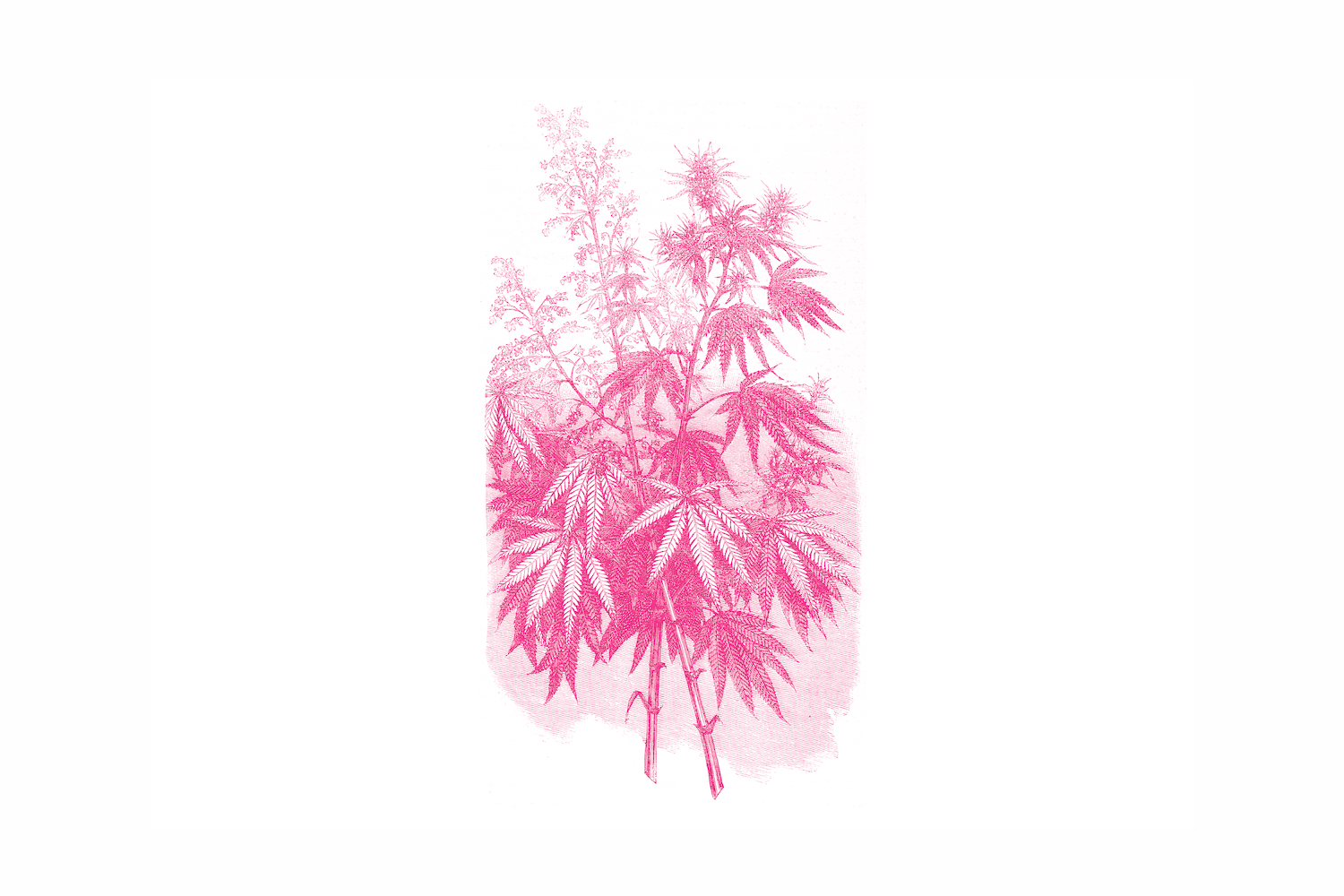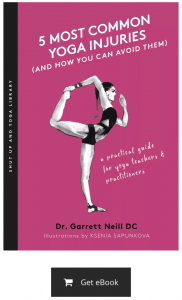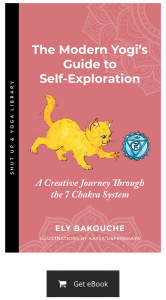Is there a way to use substances mindfully?
One thing I learned early in my career (working as an RN in critical care) is the idea of a therapeutic dose. In short, the ideal dose of a medication is one that delivers the most benefit with the least amount of harm. Inherent in this assessment is the reason for treatment, or put more simply: why are we giving the medication in the first place?
We can step back and ask ourselves the same question about alcohol and drug use—why am I doing it and what is the benefit to risk ratio? Make no mistake, this question is for everyone that uses substances. I’m always somewhat surprised when yoga and meditation practitioners whisper to me on the sidelines about their alcohol and drug use as if spiritual people don’t use substances. This is a myth. It only serves to prevent an authentic, non-judgmental discussion on safe substance use—which is more in line with a harm reduction approach. The myth that a spiritual person is supposed to have things all figured out is dangerous at best because it promotes shame, perfectionist tendencies, and spiritual bypassing.
We’ll stick to alcohol and cannabis in this article because it would be unwieldy to try to explore addiction to shopping, scrolling social media, sugar, or overeating all in one shot. However, the basic principles are the same, so whatever your vice is, let’s commit to getting conscious about it together. Right now.
Why Do We Use Substances?
In my observation of myself and others, we use substances to chase pleasure and run away from pain. This maps nicely onto something called the “positive-incentive theory of addiction,” which assumes that the primary thing motivating our urge to drink or take drugs is the craving for the positive effects of said substance. In layman’s terms, it’s not the reward that we’re addicted to, it’s the EXPECTATION of the reward. This doesn’t mean that physical dependence isn’t real but it’s best understood as tolerance and withdrawal.
The natural next step is to ask why alcohol or drugs act like a reward, and to understand this, you need to know a bit about the brain’s reward system. This system relies on dopamine pathways in the brain that evaluate where a reward is obtained, how you got it, and what aspects in the environment were associated with that reward.
The brain’s reward system is also implicated in sex, eating, and our overall motivation—it’s the underlying drive toward a particular action or behaviour. When the behaviour is executed, dopamine is released, and we feel pleasure 😊. Overall, this promotes survival (i.e.: procreation or feeding our body), but there are certain substances that trigger the release of dopamine in far greater amounts than regular activities. Think about this for a moment: any activity we find pleasurable activates the brain’s reward system, which remembers the conditions that got us the reward, so that the experience can be repeated again.
A critical aspect to understand is that the dopamine pathway is activated when something grabs our attention, and that “something” could be an attractive person, a sweet treat, or your favourite cabernet. Even more important is that dopamine is associated with “wanting” something rather than “liking” it.
So let’s take a hypothetical scenario: imagine the world is hit with a global pandemic (wink wink), and everyone is required to stay home. Some people live alone and are isolated, while others are sequestered with young kids and expected to work in the midst of unrelenting chaos. Perhaps the “wanting” in this case is associated with wanting relief from the marathon of “not-knowing” or wanting a break from incessant demands from children, or even relief from the monotony of unchanging daily activities. Now imagine that every day, “pleasure” is achieved by having a glass of wine, or consuming/smoking a cannabis product. Dopamine is released, and your hungry brain is avid to the conditions that signal this relief from suffering.
My husband and I had to do our own inventory when we realized that we gave ourselves a “break” every day at 5 pm by having a drink while we made dinner. It became so automatic that we didn’t even question it, until one drink became two, and we both felt moody and down. As soon as we made the connection, we decided that we would have one glass of wine together on Tuesdays, Thursdays, and Saturdays, and that’s it.
Next, let’s step away from the hypothetical scenario and explore the stages of addiction development which include: 1) initial drug taking, 2) habitual drug taking, and 3) drug craving and repeated relapse. For the purpose of this article, we’ll discuss the first two stages.

Initial Drug Taking
Here is that question again: why do we drink/use drugs? Not everyone exposed to either of those substances will consume them, so what predicts use? Interestingly, your previous behaviour, as well as the availability of the item are important, but so are the presence of social and environmental stressors. On the other hand, there are a few things that protect you from using drugs/alcohol, and they include an enriching environment, social connection, and access to non-drug reinforcers (i.e.: something that triggers the dopamine pathway in a natural way).
Go back to the hypothetical scenario now and notice that in a pandemic situation, the stimulus for substance use is present, while the factors that protect you from use are absent. Moreover, from a social perspective, alcohol and cannabis are often used to relieve stress and anxiety—and they might if the concept of therapeutic dose (mentioned earlier) is maintained. This speaks directly to the motivation for drinking/using drugs. One study examined the use of alcohol as a coping mechanism during COVID-19 and found that it increased in relation to social isolation, uncertainty, loss of job (or meaning), and living with children under 18.
Habitual Drug Taking
One way of understanding why we keep consuming a substance is the incentive-sensitization theory which says that once we’ve taken something habitually our brains are sensitized to wanting it, while the pleasure we get from it actually diminishes.
This is important. It means that if you notice that you WANT something more frequently and more intensely, but experience less pleasure when you get it, then you need to PAY ATTENTION.
The other thing to pay attention to is the fact that habitual drug use is associated with impaired function in the prefrontal cortex—the part of your brain associated with regulation, evaluation, and self-control. This is going to be important when we discuss mindfulness, so stay with me.
Stop, Breathe, and Reflect
It’s a good time to get out paper and a pen and answer the following questions:
- The frequency of my consumption is __________.
- Has the amount of my consumption increased? ( = tolerance)
- Am I worried about my consumption? (do I notice it?)
- What are the environmental cues in relation to my consumption?
- What is the relationship between “wanting” to consume and the actual pleasure that I get from consuming (this is the hedonic value, or, how much I “like” it)?
- What motivates my consumption?
Automatic Substance Use
When it comes to substance use, it’s also important to consider how automatic a behaviour has become. An automatic or autopilot behaviour is one that the brain acts upon without conscious thought. Research shows that when consumption of alcohol has been automated, it leads to difficulty in controlling consumption.
This leads us directly to the practice of mindfulness and back to our original question (albeit circuitously): can we use substances mindfully?
Mindful Substance Use
A mindfulness practice asks us to pay attention to the present moment, which also means moving from a state of autopilot “doing” to a state of present “being.” The quality of our attention is just as important. It needs to be curious, compassionate, open, accepting, and loving (COAL).
In my humble opinion, one of the reasons that we stumble into automatic alcohol and cannabis consumption is that we’re so resistant to the present moment that we’ll do anything to make it go away. While alcohol is classified as a depressant (related to cognitive, perceptual, verbal, and motor impairment), it initially acts like a stimulant and social lubricant. Cannabis products produce subtle psychoactive effects at low doses, with little risk of dependence, while higher doses intensify emotions and prevent goal directed behaviour. So if we’re feeling a little stressed, these substances may be pleasurable at low doses, but prolonged use will ultimately increase our tolerance and decrease our pleasure.
As a mindfulness practitioner, you can challenge yourself to reduce the automatic use of substances and instead, check in with your motivation. If you’re using alcohol and cannabis as a way to pass time or avoid feeling, it might be helpful to apply COAL toward yourself—with the idea that acceptance of whatever state you’re in will diffuse the charge of “wanting.” Then, when you do choose to enjoy substances, you can do so with your eyes wide open, knowing that you’re imbibing for the joy of the sensation, and not because you’re avoiding something that needs your attention.
The Mindful Brain
Finally, the mindful brain is protective against addiction. Mindfulness practices strengthen the prefrontal cortex, which regulates the limbic system and the brain’s reward network. As mentioned earlier, addiction is associated with poor prefrontal control, which leads to impulsivity, compulsivity, risk-taking, impaired self-monitoring, and attentional-bias toward reward-related stimuli. By practicing mindfulness, you have the opportunity to strengthen the prefrontal cortex which leads to greater emotional regulation, improved attention and self-control, and decreased rumination.
The Importance of a Daily Mindfulness Practice
In my experience, it can be illuminating to explore states of altered perception, if the circumstances are safe and the dose minimizes harm. I’m specifically speaking to substances that are legal in Canada and most of the USA (alcohol and cannabis). However, when the motive for using the substance is to reduce stress or the behaviour has slipped into an automatic habit, it can be problematic. A daily mindfulness practice can help to strengthen awareness and self-control, while also offering the space to examine what the mind-body truly needs to feel calm, healthy, and strong.
Recommendations & Resources:
Treating addiction merits another article, but in the meantime, here are some helpful tips:
- Developing a daily yoga and meditation practice can help your prefrontal cortex and its ability to regulate the brain’s reward network.
- When the urge to drink or smoke comes up, make time for self-reflection and explore your motivations for substance use—write them down!
- Consider recommendations for substance use based on clinical data (i.e.: from the Centers for Disease Control and Prevention). For example, women should consume no more than one drink on the day(s) they decide to consume, men no more than 2 drinks, and total drinking should be no more than 3 days per week.
- Assess your use with this excellent clinical tool: https://www.uptodate.com/contents/calculator-alcohol-consumption-screening-audit-questionnaire-in-adults-patient-education
- Yoga for Addiction & Recovery: https://addictionrehabtoronto.ca/can-yoga-help-addiction-recovery/ https://americanaddictioncenters.org/therapy-treatment/yoga
If you need immediate support, the following help lines are a great place to start:
- Addiction HelpLines:
- Canada: Wellness Together Canada 1-866-585-0445
- US: American Addiction Center 1-866-836-3876
As yoga and meditation practitioners, we’re all committed to exploring the intersection between our thoughts, actions, emotions, and behaviour. We’re also interested in integration (becoming whole). By taking the time to carefully examine our motivation and intention around substance use, we can both deepen our practice and become more healthy.
Edited by Jordan Reed
Enjoyed reading this article? Consider supporting us on Patreon or making a one-time donation. As little as $2 will allow us to publish many more amazing articles about yoga and mindfulness.





